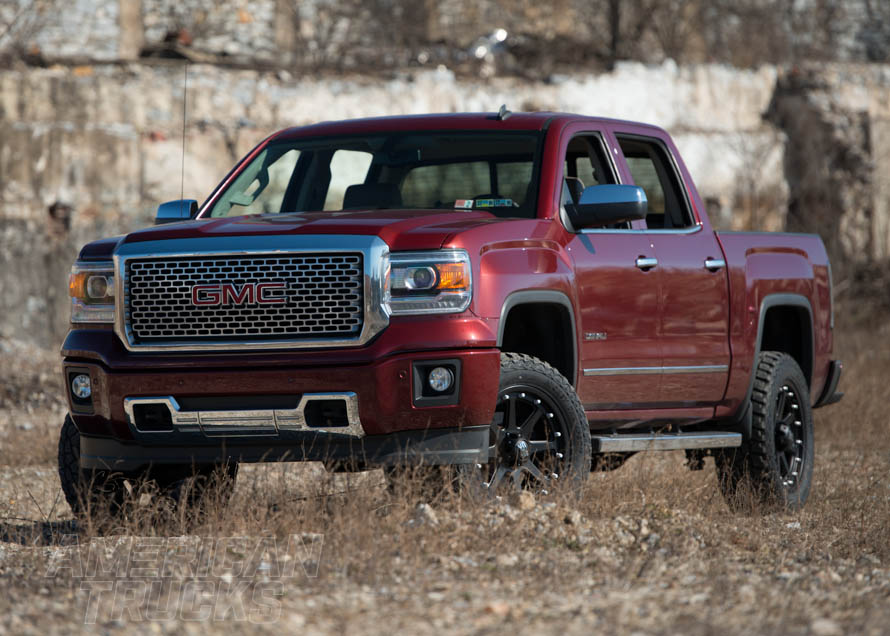FORD, FORD F-150 & F-150, FORD F-250 & F-250, FORD F-350 & F-350, FORD RANGER, FORD LIGHTNING, SUPERCREW, SUPERCAB, POWER STROKE, TRITON V8, ECOBOOST, SUPERDUTY, ARE REGISTERED TRADEMARKS OF THE FORD MOTOR COMPANY. COLORADO, Z71, ZR2, TRAIL BOSS, DURAMAX, CHEVROLET, GMC, CHEVROLET SILVERADO, CHEVROLET TAHOE, GMC SIERRA, GMC CANYON, SILVERADO, SIERRA,DENALI,VORTEC LS V8, DURAMAX, LTZ, SILVERADO LT, SILVERADO HD, SIERRA ALL TERRAIN X, ECOTEC3, Z-71, SILVERADO 1500, SILVERADO SS, YUKON, AT4, AT4X, SLE, AND SLT ARE REGISTERED TRADEMARKS OF GENERAL MOTORS COMPANY (GM). DODGE, DODGE RAM, RAM TRUCKS, RAM 1500, RAM 2500, RAM 3500, DAKOTA, SRT/10, 1500 SLT PLUS, 1500 SLT, ST, LARAMIE, DAYTONA, MEGA CAB, SLT/SPORT/TRX, SLT/TRX, LE, SE, SHELBY, S, WS, SXT, TRX4, BIG HORN, LONE STAR, R/T, SPORT, LARAMIE LONGHORN, TRADESMAN HEAVY DUTY, TRADESMAN/EXPRESS, TRADESMAN, HFE, REBEL, LONGHORN ARE REGISTERED TRADEMARKS OF FIAT CHRYSLER AUTOMOBILES (FCA). ALLISON TRANSMISSION IS A REGISTERED TRADEMARK OF ALLISON TRANSMISSION, INC. CUMMINS IS A REGISTERED TRADEMARK OF CUMMINS INC. SALEEN IS A REGISTERED TRADEMARK OF SALEEN INCORPORATED. ROUSH IS A REGISTERED TRADEMARK OF ROUSH ENTERPRISES, INC. AMERICANTRUCKS HAS NO AFFILIATION WITH THE FORD MOTOR COMPANY, CUMMINS, INC., ALLISON TRANSMISSION, INC., ROUSH ENTERPRISES, SALEEN, THE GENERAL MOTORS COMPANY OR FIAT CHRYSLER AUTOMOBILES. THROUGHOUT OUR WEBSITE AND OUR AMERICANTRUCKS SIERRA, RAM, AND SILVERADO CATALOG THESE TERMS ARE USED FOR IDENTIFICATION PURPOSES ONLY. 2023 AMERICANTRUCKS.COM. ALL RIGHTS RESERVED

